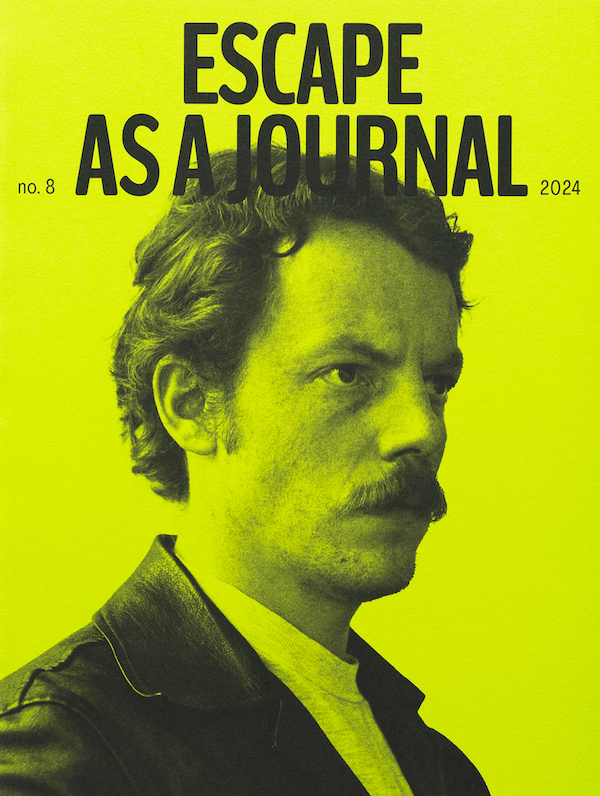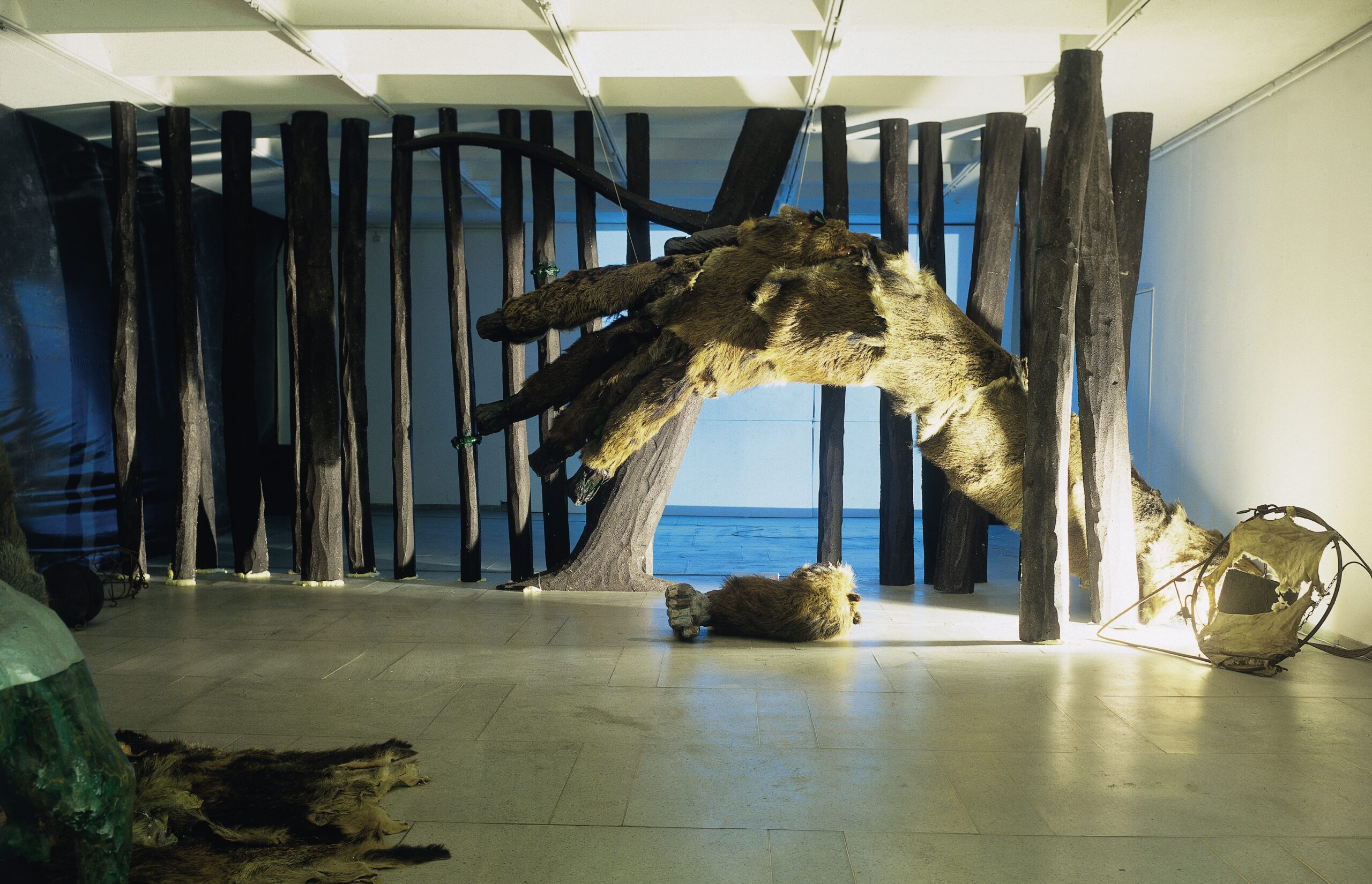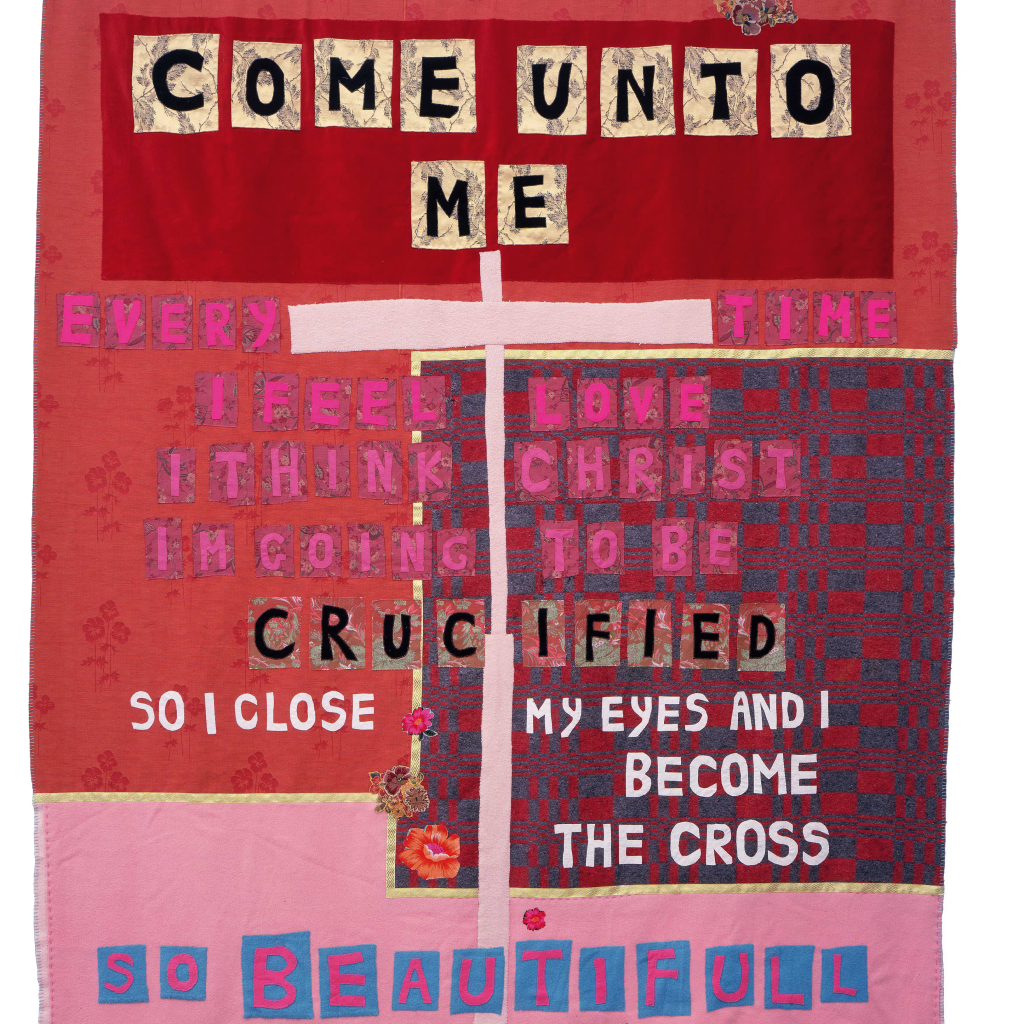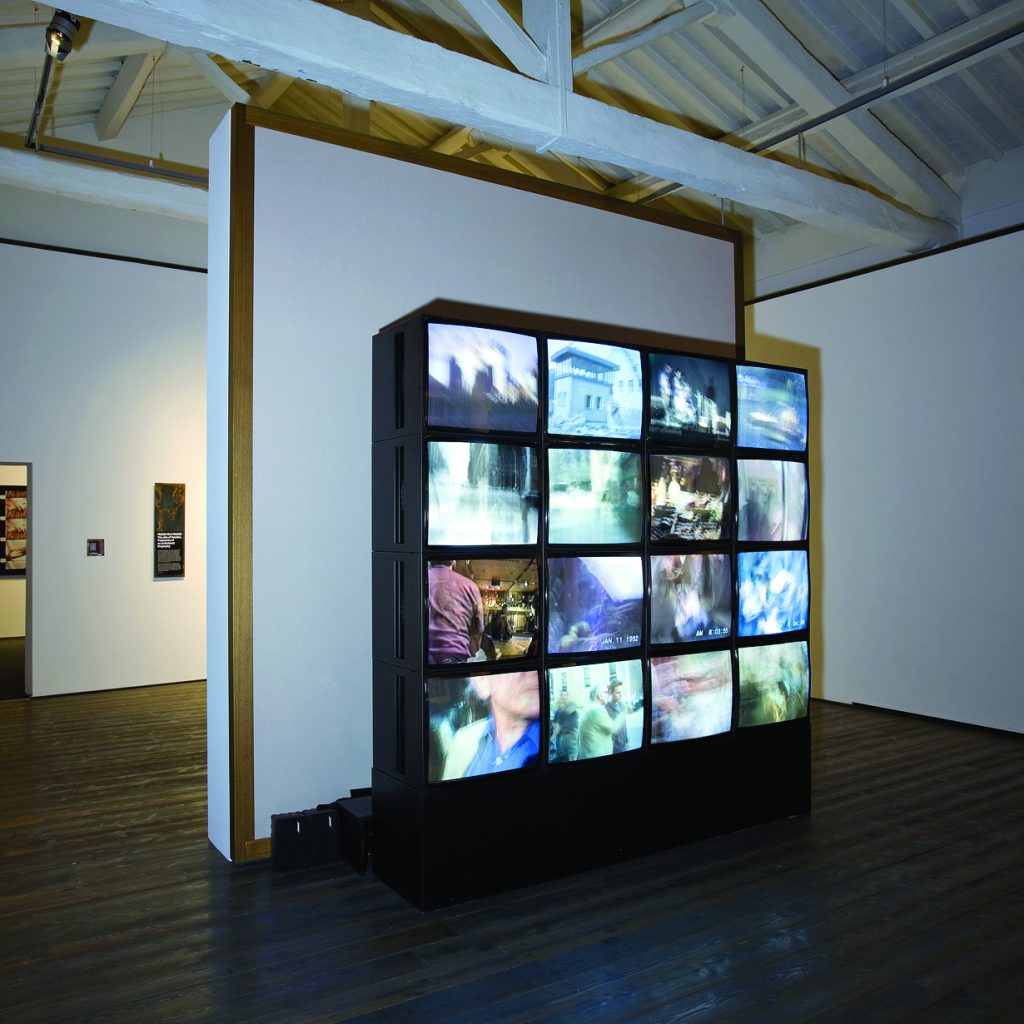Guest Editor Edvardas Šumila
Our conversation could only be understood by Čiurlionis, because he painted that moth above the candle. You take one step – enlightenment; you take another – death. And you know what? You are a better poet than a painter. I am not saying you’re no good – but you don’t talk like yourself when you paint. Peace.
Conversation overheard by artist Tomas Terekas while travelling on a train from Vilnius to Kaunas on 5 September 2024.
This overheard conversation quoted above happened at a point when I was thinking about this journal most intensely. There was no title yet, but I was already aware of an underlying tendency to avoid speaking directly, or rather, to avoid pronouncing the main subject of this endeavour, which is, in one way or another, Mikalojus Konstantinas Čiurlionis. I think the quote above epitomises how a conversation, which is in an intimately friendly register and also touches upon artistic practice and spirituality, cannot avoid the figure of Čiurlionis since he is so much a part of a discourse intertwined with all of the subjects of this conversation.
Guest Editor Edvardas Šumila
Our conversation could only be understood by Čiurlionis, because he painted that moth above the candle. You take one step – enlightenment; you take another – death. And you know what? You are a better poet than a painter. I am not saying you’re no good – but you don’t talk like yourself when you paint. Peace.
Conversation overheard by artist Tomas Terekas while travelling on a train from Vilnius to Kaunas on 5 September 2024.
This overheard conversation quoted above happened at a point when I was thinking about this journal most intensely. There was no title yet, but I was already aware of an underlying tendency to avoid speaking directly, or rather, to avoid pronouncing the main subject of this endeavour, which is, in one way or another, Mikalojus Konstantinas Čiurlionis. I think the quote above epitomises how a conversation, which is in an intimately friendly register and also touches upon artistic practice and spirituality, cannot avoid the figure of Čiurlionis since he is so much a part of a discourse intertwined with all of the subjects of this conversation.
From This Issue
A conversation between Asta Vaičiulytė and Donatas Jankauskas-Duonis
Lukas Brasiskis interviews Deimantas Narkevičius
Throughout the past half century, Stanisław Lem’s novel Solaris (1961) has persisted as a productive ground for artists and filmmakers re-examining memory, identity, and the limits of human understanding. Deimantas Narkevičius’ Revisiting Solaris (2007) engaged this legacy not by adding to the list of existing cinematic adaptations of the book but by probing the gaps and the links between literature, cinema, and visual art. Through this film, Narkevičius critically reflects on both the cultural and political history Lem’s novel was situated in, as well as the potentials and limits of cinema vis-a-vis other arts, while simultaneously challenging existing boundaries between them.
Yumiko Nunokawa
Reflecting on Jonas Mekas’ film, Reminiscences of a Journey to Lithuania (1972), I am reminded of my own journey to Lithuania and my encounter with M. K. Čiurlionis. Just as Mekas wove memories of his homeland with images of vast fields, humble villages, and lyrical landscapes, my discovery of Čiurlionis’ work created a tapestry of artistic and personal reflections. In the film, the soundtrack – featuring Professor Vytautas Landsbergis playing Čiurlionis’ piano preludes – served as an auditory echo of Lithuania’s soul, much like my own experiences intertwined music and landscape in my recollections of Lithuania.
A conversation between Asta Vaičiulytė and Donatas Jankauskas-Duonis
Thinking about your work and M.K. Čiurlionis, I was reminded of one of your first solo exhibitions – ‘Retrospective’, held in 1999 at the Contemporary Art Centre (CAC) in Vilnius when you were only 30 years old. This exhibition presented all of your work up to that point, including several works that highlighted the theme of Čiurlionis. Among them was your artist’s book, Marčiurlionis, a catalogue of Čiurlionis’ works onto which you made additions using various drawing and collage techniques.
Lukas Brasiskis interviews Deimantas Narkevičius
Throughout the past half century, Stanisław Lem’s novel Solaris (1961) has persisted as a productive ground for artists and filmmakers re-examining memory, identity, and the limits of human understanding. Deimantas Narkevičius’ Revisiting Solaris (2007) engaged this legacy not by adding to the list of existing cinematic adaptations of the book but by probing the gaps and the links between literature, cinema, and visual art. Through this film, Narkevičius critically reflects on both the cultural and political history Lem’s novel was situated in, as well as the potentials and limits of cinema vis-a-vis other arts, while simultaneously challenging existing boundaries between them.
Yumiko Nunokawa
Reflecting on Jonas Mekas’ film, Reminiscences of a Journey to Lithuania (1972), I am reminded of my own journey to Lithuania and my encounter with M. K. Čiurlionis. Just as Mekas wove memories of his homeland with images of vast fields, humble villages, and lyrical landscapes, my discovery of Čiurlionis’ work created a tapestry of artistic and personal reflections.











